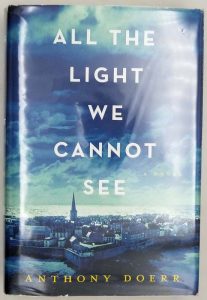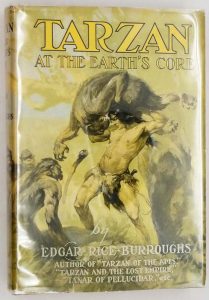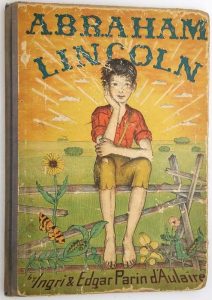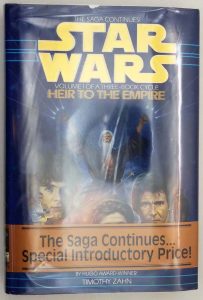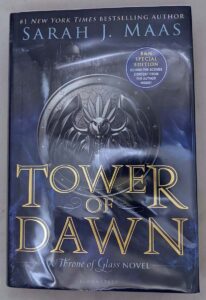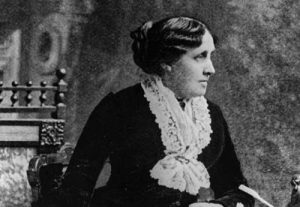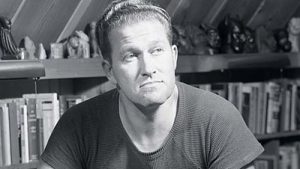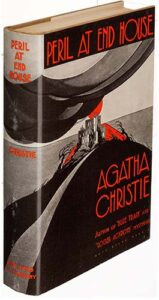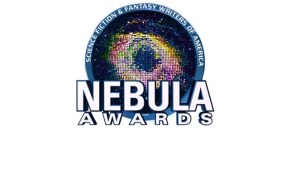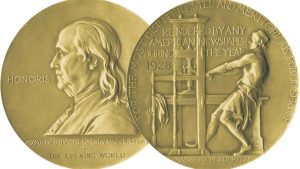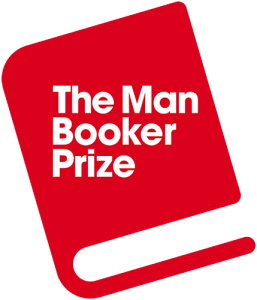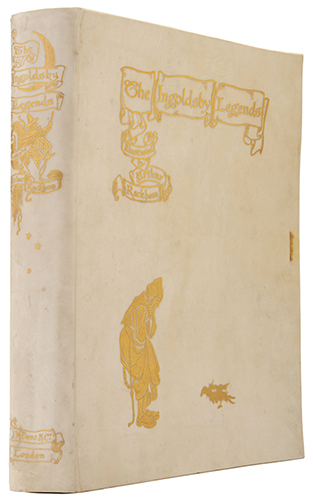
The Ingoldsby Legends (1907), written by Thomas Ingoldsby (the pen name of Richard Barham), and illustrated by Arthur Rackham, represents one of the most striking collaborations between Victorian literature and Edwardian illustration. Published by J.M. Dent & Co. in London as part of their celebrated “All England Series,” this edition brings Barham’s macabre and satirical verses to life through Rackham’s increasingly sophisticated artwork. The artist’s illustrations perfectly capture the collection’s peculiar blend of Gothic horror and irreverent humor—his skeletal monks leer with comic menace, ghostly nuns float with eerie grace, and devilish imps cavort with malicious glee. Rackham’s evolving style is evident in the way his intricate pen work now dances between delicate precision and expressive looseness, while his watercolor washes achieve new depths of atmospheric coloring, particularly in nocturnal scenes like “The Jackdaw of Rheims.” The edition features twelve haunting color plates protected by tissue guards, along with dozens of sinister yet playful pen-and-ink vignettes that slither through the margins. Rackham’s treatment of “The Spectre of Tappington” demonstrates his genius for psychological horror, where a mere shadow at a window becomes more terrifying than any ghoul, while his illustrations for “The Lay of St. Aloys” showcase his gift for ecclesiastical architecture and costume detail. This 1907 edition marks a turning point in Rackham’s career, where his reputation as the premier illustrator of supernatural subjects became firmly established.
About Arthur Rackham (1867-1939):
The preeminent British illustrator of the Edwardian era, Rackham revolutionized book art through works like this 1907 masterpiece. After early work as a newspaper illustrator, his career-defining 1900 Fairy Tales of the Brothers Grimm established his signature style—a marriage of Art Nouveau elegance with earthy, sometimes grotesque folkloric sensibility. By this Ingoldsby Legends project, Rackham had fully developed his mature technique: preliminary pencil sketches worked over in ink, then delicate watercolor washes that created his characteristic luminous effects. Unlike contemporaries who idealized their subjects, Rackham embraced the strange and unsettling, making him ideally suited to Barham’s bizarre verses. Beyond Ingoldsby, his landmark illustrations for Peter Pan in Kensington Gardens (1906) and Alice’s Adventures in Wonderland (1907) cemented his legacy. The delicate balance of beauty and grotesquerie in his Ingoldsby illustrations—particularly his leering demons and tortured souls—would influence generations of fantasy artists, from Edward Gorey to Tim Burton. This 1907 work captures Rackham at his artistic peak, where technical mastery met fearless imagination.
For readers who treasure this edition, these kindred works may captivate:
• Goblin Market (1933) illustrated by Rackham – his later interpretation of supernatural verse
• The Rime of the Ancient Mariner (1875) illustrated by Gustave Doré – another masterful pairing of poetry and Gothic art
• The Devil’s Dictionary (2003) illustrated by Ralph Steadman – offering a modern take on dark satire
Other Arthur Rackham’s illustrated works available in our gallery: Rip Van Winkle, Tales of Mystery and Imagination, Book of Pictures, The Night Before Christmas, The Pied Piper of Hamelin, Midsummer’s Night Dream, Undine, Alice’s Adventures in Wonderland, Peter Pan in Kensington Garden, Grimm’s Fairy Tales.
